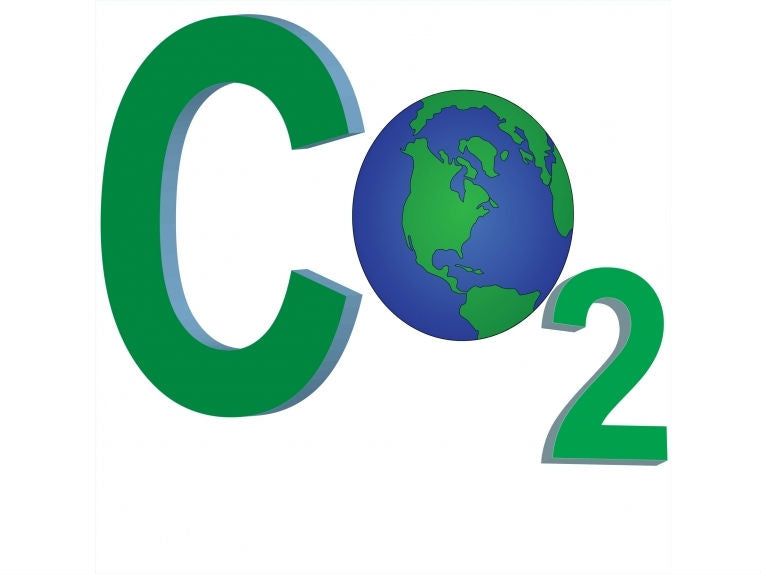CO2 emissions were at a record high in 2010 according to the International Energy Agency (IEA) as growing economies pump more emissions into the atmosphere and threaten to help derail efforts to limit global warming to the agreed UN target of 2 degrees Celsius.
The IEA says 2010's CO2 emissions were the highest in history and 80% of projected emissions for 2020 can't be stopped.
While the financial crisis of 2009 was bad for economies, it was good for the environment, but the recovery - largely powered by emerging economies like China and India - has seen emissions jump 5% over the previous record year, 2008, to 30.6 Gigatonnes (Gt).
The power industry will continue to grow according to the IEA with 80% of emissions for 2020 likely to come from existing or planned power production.
"This significant increase in CO2 emissions and the locking in of future emissions due to infrastructure investments represent a serious setback to our hopes of limiting the global rise in temperature to no more than 2ºC," said Dr Fatih Birol, Chief Economist at the IEA who oversees the annual World Energy Outlook, the Agency's flagship publication.
The 2 degree target was agreed by governments at the 2010 UN climate change conference in Cancun, Mexico. To hit that target would mean limiting the increase in CO2 to 5% over the levels in 2000.
"Our latest estimates are another wake-up call," said Dr Birol. "The world has edged incredibly close to the level of emissions that should not be reached until 2020 if the 2ºC target is to be attained. Given the shrinking room for manoeuvre in 2020, unless bold and decisive decisions are made very soon, it will be extremely challenging to succeed in achieving this global goal agreed in Cancun."
Coal accounted for 44% of the estimated CO2 emissions in 2010, oil for 36% and 20% came from natural gas. While more of the growth came from new economies, the developed world still emits almost double the amount of CO2 per head than China and nearly five times more than India.










